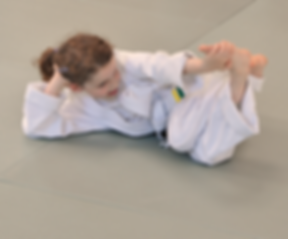
Each child is unique . . .

. . . in how they learn and express who they are—the world would be a boring place if this were not the case. Giving children the space to be themselves shows them that they are all smart, strong, and flexible in different ways and have valuable gifts to contribute.
-
If a child is sluggish . . . we show them how to enliven their being.
-
If a child is overactive . . . we teach them how to slow down without losing the benefits of having a high energy level.
-
If a child is stiff . . . we show them how to bring more flexibility into their system.
-
If a child is overweight . . . we teach them how to move with the extra weight so that they can enjoy movement and feel empowered.
-
If a child is discouraged . . . we encourage them to take baby steps, building them up slowly so that they gradually but steadily get modern-day living skills under their belt.
-
If a child is easily frustrated . . . we build up their stamina in dealing with negative sensations and feelings.
-
If a child is bossy . . . we teach them how to look at themselves instead of trying to control others.
-
If a child is shy . . . we let them be shy and train their system to deal with the negative feeling-sensations associated with having too much attention focused on them.
When children are coordinated and strong, we place them in leadership roles and up their training level. Children in leadership roles learn how to empower and encourage those who have a harder time on the mat, instilling a sense of compassion, care, and ownership for their community and the people around them. As leaders, they get to feel the joy of bringing someone else’s training up and, in turn, they create better training partners for themselves.
—Dolano Arthur Sensei